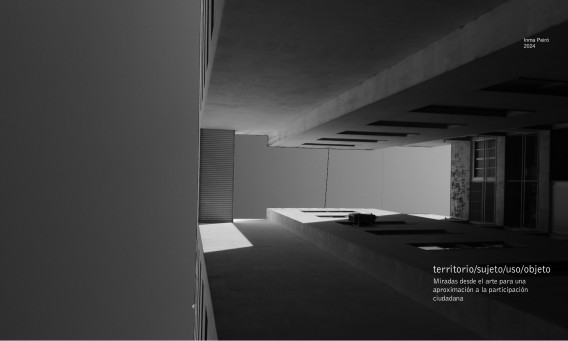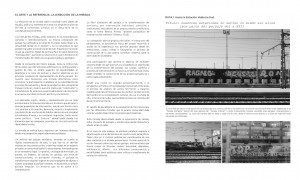
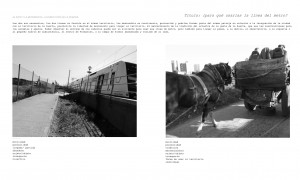
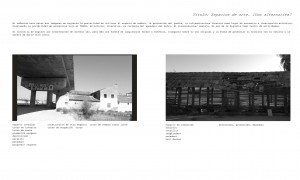

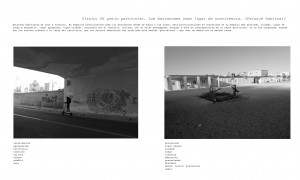
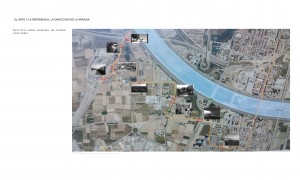
Art and reference. The direction of the gaze
The evolution of the view on landscape as an object of study, analysis and reference in art over the years has served numerous artists in the development of its conceptualization.
The purposes of that view, previously stagnant, are currently varied and interdisciplinary. The very conception of the landscape has changed over the centuries until reaching the present day where it is man and not nature that predominates over its construction. We are in the era of what the Nobel Prize in Chemistry Paul Crutzen called “Anthropocene”, a point of no return in which man is the transformer of the environment with a global and geological reach.
From the recreation of the same landscape, to the harshest criticism of public interventions in its configuration and management, a wide spectrum of sensitivities is displayed when evaluating and setting objectives in the creative processes of representation of said landscape. In our case we seek an alternative view, to encourage citizen participation in the consolidation of evaluation processes and from the perspective of the concept of Cultural Landscape and everything that this implies of “construct” and consolidation of environments already assimilated within the territory in which that are registered (cultural, political and economic).
The elements subject, object and representation are a whole aimed at intervention on the territory that gives value and brings together proposals for intervention, which in one way or another refer us to the creation, denunciation, improvement or simply verification of a way of living within of a society currently diverse and in constant migration, both social and political. “A Culture” globalized where the elements that compose them allow us to see the construction of local identities.
The gaze is focused on objectives with diverse interests from a space/person/use/object perspective.
An analysis of the entropic landscape, taking into account its rapid transmutation, what is a demolition today is a construction tomorrow; What today was in a private space (a bathroom closet) we found part of an illegal landfill. A graffiti, a concrete block, a bridge, a toilet, a bed base, a tile, a communications tower, a barracks/house, the landscape is transformed in some places into an amalgam of objects and subjects coupled to the landscape, creating in sometimes your own unique landscape. An environment that is no stranger to interpretation.
The easy alteration of the landscape and the transformation of the territory, by individual, collective or institutional intervention, is within its own constitutive process, as Blanco Arroyo calls it “landscape process of continuous reconstruction” (Blanco, 2015).
The theoretical-practical conception of the workshop, the course of thought, the physical awareness of one’s own journey through the experience allows us to approach the process of construction of what could constitute material for citizen participation from sensations, notes, videos and photographs. .
A participation that would open the range of multiple visions from which to bring citizens closer to the meaning of the transformation of the landscape, its causes, changes and intervention processes in the future, and through this vision to be able to understand the construction of the landscapes themselves as and how they are currently.
From a vision that is not project-regulated, and the artistic perspective as a transversal proposal, we focus on the process of analysis of various territories and spaces, establishing the relevance conferred on them by the intervention of man in their cultural consolidation, use or lack thereof, the terrain of no one, which also causes the constitution of that same territory.
The paradigm shift in the conception of the territory involves the different perspectives that the community itself must value and be able to develop in participatory processes.
This view developed from field experience, on a series of landscapes and accents that can discard or add other views.
In the case of this work, words are proposed regarding object/subject as an effect/cause of landscape construction. All of them in themselves could be constituents of a joint work or an isolated thought. They are part of human action on that same landscape, interventions that have their origin in various causes: need, abandonment, indifference, interest… with different consequences and possibilities, both aesthetic and critical or simply of reflective evaluation.


